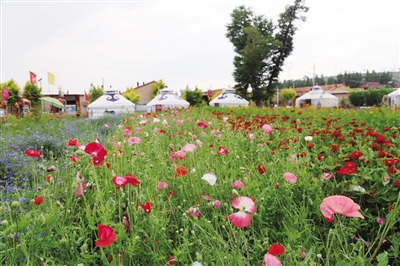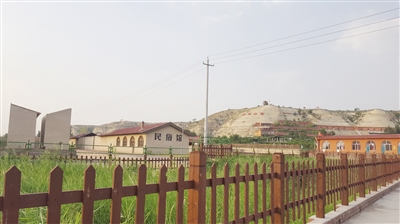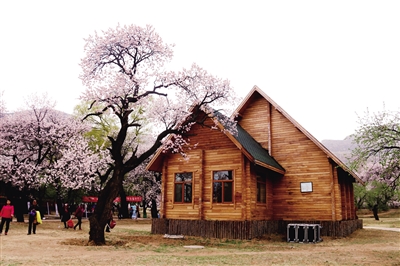Hohhot villages promote agri-tourism
Three villages in Hohhot, capital city of North China's Inner Mongolia autonomous region, have been added to a list of the second batch of national key rural tourism villages. The three to receive the honor are Dongwusutu village, Shirenwan village, and Haojiayao village.
Shirenwan village

A sea of flowers is photographed in Shirenwan village. [Photo/Hohhot Daily]
Shirenwan Village is located in the southeast of Saihan district. It is named Shirenwan because it features stone statues from the Liao Dynasty (916-1125).
There are more than 630,000 square meters of natural marsh wetlands in the village, a stream some five kilometers long, as well as an ecological forest base covering an area of 10,000 mu (667 hectares).
Shirenwan Village is surrounded by mountains and rivers, with a beautiful environment, pleasant scenery and rich tourism resources.
Haojiayao village

The folk museum of Haojiayao village [Photo/Hohhot Daily]
Haojiayao Village's main draw is natural scenery such as grasslands, the Yellow River, deserts, lakes and mountains, but it also combines ethnic customs, folk culture, history and other characteristics to form its major tourist attractions and resorts, as well as its distinctive tourism products.
Dongwusutu village

An apricot blossom festival opens in Dongwusutu village. [Photo/Hohhot Daily]
Dongwusutu village relies on apricots, a crop of high economic value, alongside its unique mountain village features. It has combined tourism industries such as agricultural sightseeing, farmhouses, and fruit-picking to develop a one-stop industrial business model integrating tourism, vacation, leisure and catering.
It has successfully held several apricot blossom festivals and apricot picking festivals.





